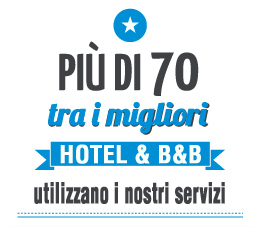Sentiero Brigantino
Leaving the last houses in Via Sicilia (in the Lingua district) you arrive at a junction: to the left a path peels off (a pathway by Salvatore d’ Austria towards the end of 1800) which leads to the Brigantino hamlet.
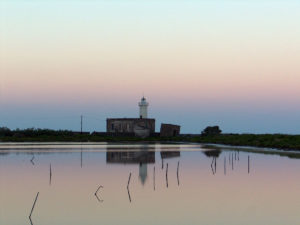
Plants can be found such as the tamerix africana (brucu), the artemisia arborescens (erva ianca), arisarum vulgaris (artisaru), cheirantus cheiri ( wild violet), calycotome infesta (spina du Signuri) and large quantities of asparagus aphyllus (asparagus). After about 50 metres you arrive in the so-called “spaccazzi” area.
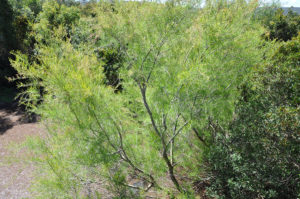
Also here many plants may be found, among which the centaurea eolica (ciontauru), crepis capillaris (lazzina), brassica futiculosa (rapuddu), inula viscosa (pulicara), issopus officianalis (suopu), and urginea marittima (cipudazza). According to some accounts the latter was sold to the Calabrians who used it to make soap, while the islanders used it after specific transformation as a mouse poison.
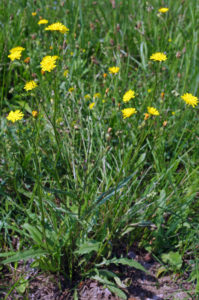
Once arrived at Brigantino, where corn and barley were once cultivated, it is also possible to go swimming on the small beach below.
The path to the right leads to the Paolonoci district and following it numerous large olive plants can be encountered. The spaces around are covered with pistacea lentiscus (listincu), pitteris aquilina (filici), and salviaefolius (rusieddu).
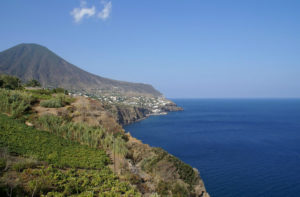
The area was in ancient times cultivated with vines. Arriving in the “Gennovesi” district the vegetation along the pathway is rich in euphorbia arborescens (vusciamanu) and inula viscosa (pulicara); the latter was used as a remedy against insects due to its high camphor content.
At the end of the slope you arrive at a cross-roads: continuing to the left the pathway is flanked by a wall (mura a siccu), three metres high and several tens of metres long. Thus you arrive at Paolonoci where an old house can be found which in the past belonged to the Marcorella of Lipari family.
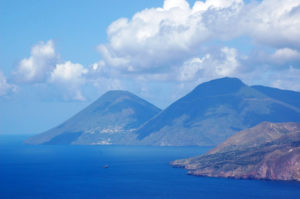
The house is carefully furnished in the traditional Aeolian style. Around it capers, olives and grapes are cultivated. To return to the town it is possible to follow a new path which leads “nt‡ spinedda” and crosses the areas below called “sciabica” and that above called “scolazza”.
After crossing the “spinella” area you go down on the right to see the “monachello” cave, legend states that this cave once gave refuge to a monk saved from the wrath of his persecutor. The path continues up to the well (u puzzu) leading back to Lingua’s inhabited centre.
Fossa delle Felci
Salina, the greenest of all the archipelago’s islands, is the ideal place for people who like this pastime and peace and quiet. Cycling could also be an interesting possibility.
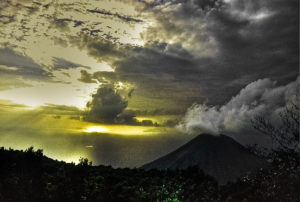
Anyway, a day spent on “Fossa delle Felci” mountain is well-advised, it is the highest of all the archipelago’s peaks as well as being a nature reserve. Leaving from Valdichiesa or from S. Marina Salina you can do the mountain trip, from where a marvellous view of the whole archipelago can be admired, also of the Sicilian coast and in the distance, Etna.
Salina ferry schedules
Routes and times updated in real time and refer to the current week.
From April to October, routes run much more frequently. We suggest you double-check the schedule a few days before your departure!
Service handled by Ok-ferry.com
Hotels, B&Bs, and Villas on Salina
Book online for immediate confirmation. 12.000+ hotel rooms booked through booking.com
© ALL RIGHTS RESERVED


